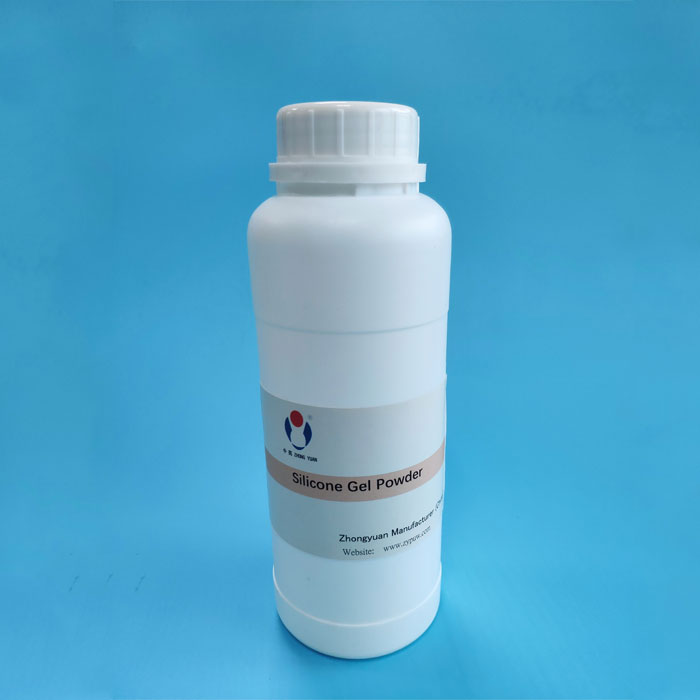Foam cell openers are used in the production of foam materials to help the foam form a specific pore structure. Different types of foam cell openers have different performance characteristics and are usually selected based on application requirements. Here are the differences between several common foam cell openers:
Chemical cell openers:
Features: This type of foam cell opener triggers the release of gas during the foam formation process through a chemical reaction, thereby creating pores. They are often certain chemicals or compounds that can release gases (such as carbon dioxide, nitrogen or other gases) during the foaming process to open the foam.
Applications: Suitable for foams that require stable pores, especially in some industrial products such as insulation materials and high-strength foams.
Differences: Different chemical cell openers may have different release rates, reaction temperatures and pore sizes, thus affecting the density, stability and thermal insulation properties of the foam.
Physical cell openers:
Features: This type of foam cell opener creates pores during the foaming process through physical methods such as temperature, pressure or mechanical action. Common physical cell openers include certain special types of gases or volatile liquids that physically open the foam during foaming.
Application: Commonly used in scenarios with strict requirements on the pore structure of foam, and can accurately control the distribution and size of pores.
Difference: Physical pore openers can finely adjust the pore structure of foam by changing environmental conditions (such as pressure or temperature), and are usually used in foam materials with higher requirements.
Biological pore openers:
Features: This type of pore opener creates pores in foam through the action of microorganisms or natural biological components. They usually produce gas through biodegradation or microbial fermentation during the foaming process, thereby achieving foam opening.
Application: This type of pore opener is more environmentally friendly and suitable for application scenarios that require low environmental impact.
Difference: Compared with chemical or physical pore openers, biological pore openers have a slower reaction process and may be greatly affected by environmental factors, especially under conditions of high temperature and humidity.
Polymer-based pore openers:
Features: This type of pore opener is generally composed of specific polymer materials, which can control the pore structure of foam during the foaming process. They usually form pores through physical and chemical processes such as dissolution, expansion or melting.
Application: Widely used in foam materials that require higher stability and control of pore size, such as in building materials, packaging materials and other fields.
Difference: Polymer-based cell openers can provide more precise pore control and are generally more adaptable, but the cost may be higher.
In general, different types of foam cell openers are selected based on factors such as the final use of the foam, the size, distribution, and stability of the required pores. In actual applications, the type of cell opener selected depends on the requirements of the foam material and the production conditions.


